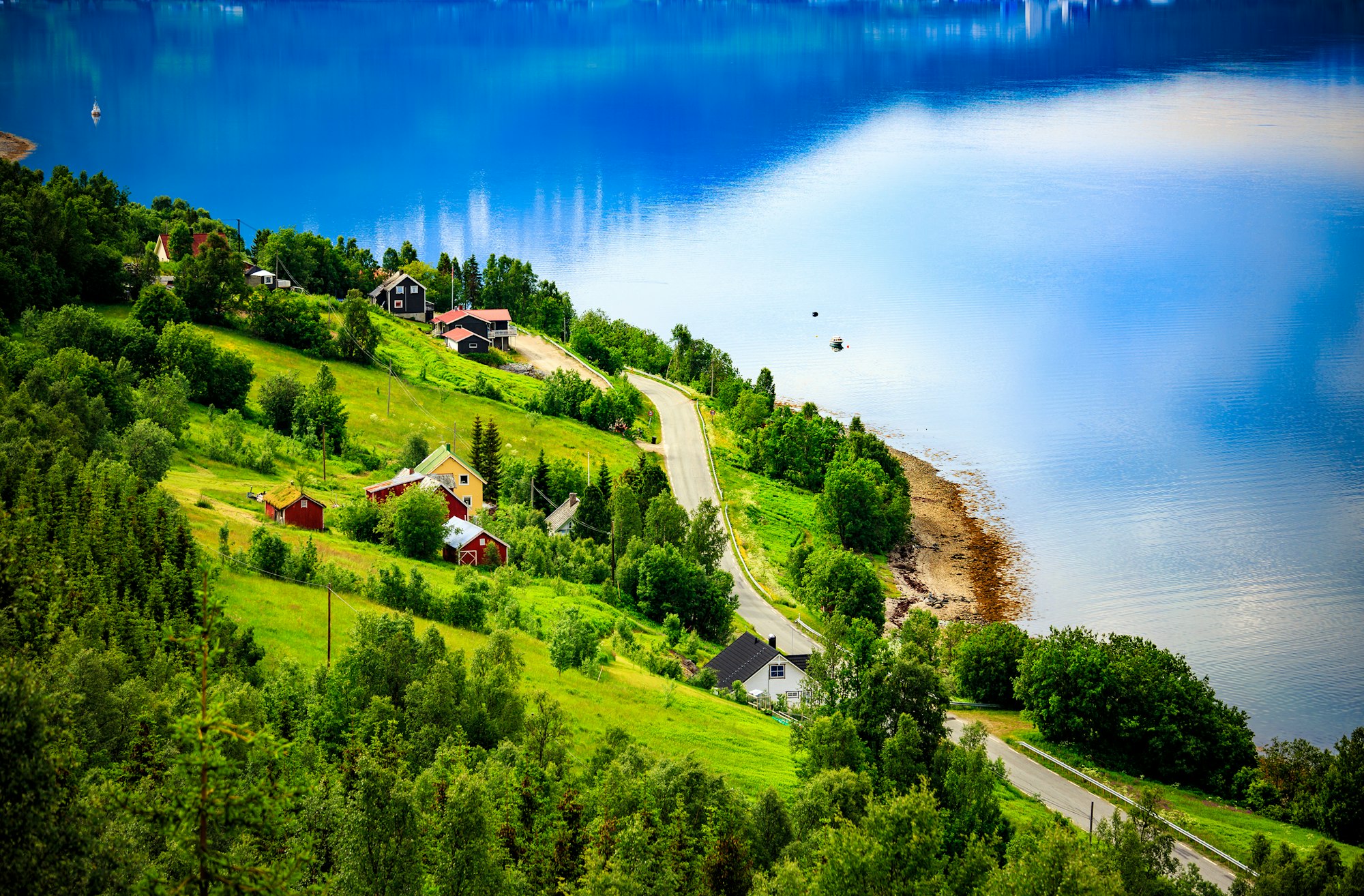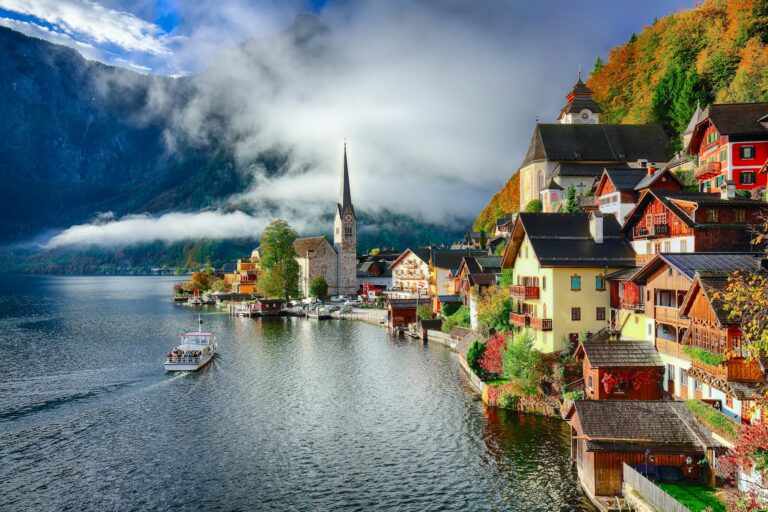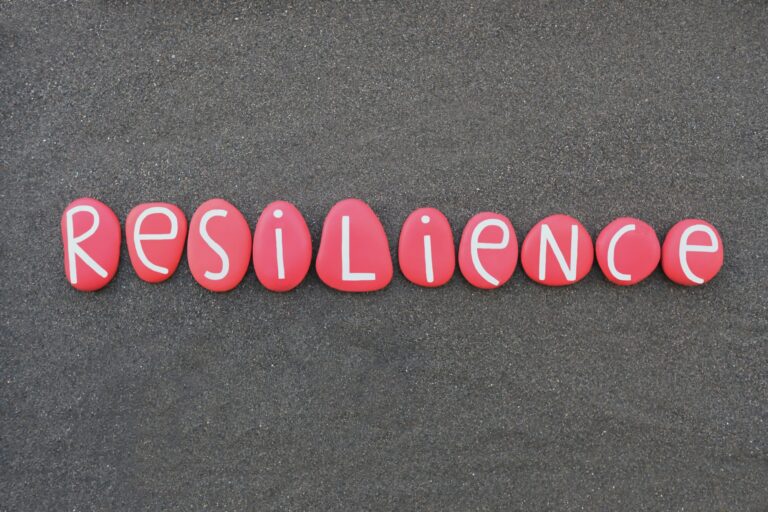Ever wondered what it takes to survive in the wild? Picture yourself amidst dense forests, vast deserts, or towering mountains, relying solely on your wits and skills. Sounds thrilling, right?
Learning how to survive and thrive in nature isn’t just about tackling the unexpected—it’s about connecting with the environment on a deeper level.
Let’s explore the essential tips and techniques to help you conquer the wilderness.
1. Preparing for the Wilderness
1.1 Research and Planning
Before you venture into the wild, proper planning is crucial. Research your destination thoroughly. Understand the terrain, climate, and wildlife. Knowing what to expect can make the difference between a memorable adventure and a disastrous ordeal.
1.1.1 Essential Tools for Research
- Maps and GPS: Always carry updated maps and a reliable GPS device.
- Weather Reports: Check weather forecasts and prepare for sudden changes.
- Wildlife Guides: Learn about the local fauna to avoid dangerous encounters.
1.2 Packing the Right Gear
Packing smart is key to surviving in the wild. Your gear should be lightweight yet comprehensive enough to cover all basic needs.
1.2.1 Must-Have Gear
- Shelter: A durable tent or a tarp for quick shelter setups.
- Clothing: Layered clothing suitable for the weather, including waterproof and thermal wear.
- Tools: A multipurpose knife, fire starters, and a first-aid kit are non-negotiable.
2. Mastering Basic Survival Skills
2.1 Building Shelter
Shelter is a top priority when you’re out in the wild. It protects you from the elements and provides a safe place to rest.
2.1.1 Types of Shelters
- Lean-to: Simple and quick to build, perfect for emergencies.
- Debris Hut: Insulates well and uses natural materials like leaves and branches.
- Snow Cave: Essential for snowy terrains, offering warmth and protection.
2.2 Finding and Purifying Water
Water is essential for survival. Knowing how to find and purify water can keep you hydrated and healthy.
2.2.1 Water Sources and Purification Methods
- Natural Sources: Streams, rivers, and lakes are primary sources. Always follow animal tracks to locate water.
- Purification: Boiling water, using water purification tablets, or portable filters to remove harmful pathogens.
2.3 Starting a Fire
Fire provides warmth, cooking capability, and protection. Mastering the art of fire-starting is crucial.
2.3.1 Fire-Starting Techniques
- Friction: Using a bow drill or hand drill to create an ember.
- Spark: Using flint and steel or a ferro rod to ignite tinder.
- Chemical: Carrying fire starters or matches for quick ignition.
3. Foraging and Hunting for Food
3.1 Identifying Edible Plants
Foraging is a sustainable way to find food. However, knowing which plants are safe to eat is critical.
3.1.1 Safe Foraging Practices
- Edible Plants: Learn to identify common edible plants like berries, nuts, and roots.
- Avoiding Toxins: Familiarize yourself with poisonous plants like poison ivy, hemlock, and deadly nightshade.
3.2 Trapping and Fishing
If foraging isn’t enough, trapping and fishing can provide essential protein.
3.2.1 Basic Trapping Techniques
- Snare Traps: Simple to set up and effective for small game.
- Fishing: Using makeshift rods or spearfishing in streams and rivers.
4. Navigating and Signaling for Help
4.1 Basic Navigation Skills
Getting lost can be dangerous. Knowing how to navigate using natural indicators can help you find your way.
4.1.1 Navigation Techniques
- Using the Sun and Stars: Learn to use the position of the sun and constellations to find directions.
- Natural Landmarks: Use mountains, rivers, and other landmarks to guide your path.
4.2 Signaling for Rescue
If you need rescue, signaling effectively can attract help.
4.2.1 Effective Signaling Methods
- Signal Fires: Build smoky fires during the day and bright fires at night.
- SOS Signals: Use mirrors or flashlights to signal SOS (three short, three long, three short) in Morse code.
- Whistles: Carry a whistle to produce loud, distinct sounds that travel long distances.
5. Staying Mentally Strong
5.1 The Power of Positivity
Survival isn’t just about physical strength; mental resilience is equally important.
5.1.1 Mental Strategies for Survival
- Stay Positive: Maintaining a positive attitude can boost your morale and energy levels.
- Mindfulness: Practice mindfulness to stay calm and focused on the tasks at hand.
- Goal Setting: Set small, achievable goals to keep yourself motivated.
5.2 Dealing with Fear and Stress
Fear and stress are natural reactions, but they can be managed.
5.2.1 Coping Mechanisms
- Deep Breathing: Use deep breathing exercises to calm your nerves.
- Visualizations: Imagine yourself in a safe place to reduce anxiety.
- Physical Activity: Engage in light exercises to keep your body active and your mind distracted.
Conclusion
Mastering the art of wilderness survival is more than just a skill—it’s a journey of self-discovery and connection with nature. By preparing adequately, mastering essential survival techniques, and maintaining a strong mindset, you can thrive even in the most challenging environments. So, the next time you find yourself yearning for an adventure, remember that the wild is not just a place to survive, but a place to truly live. Are you ready to embrace the call of the wild and discover your inner survivalist?








